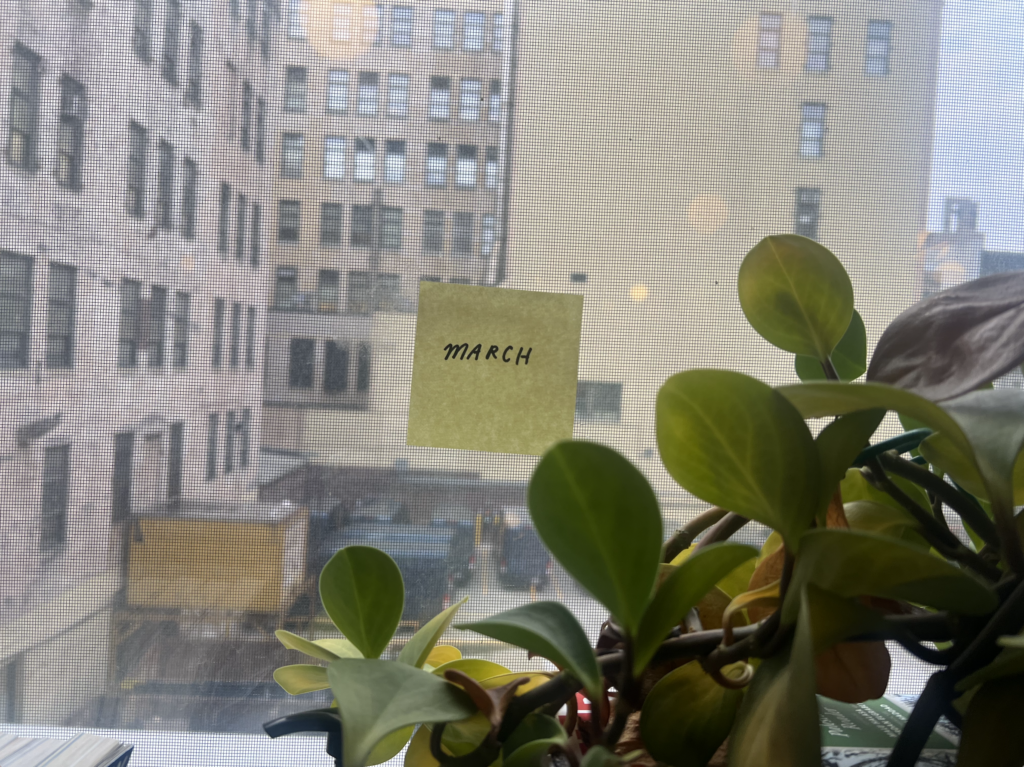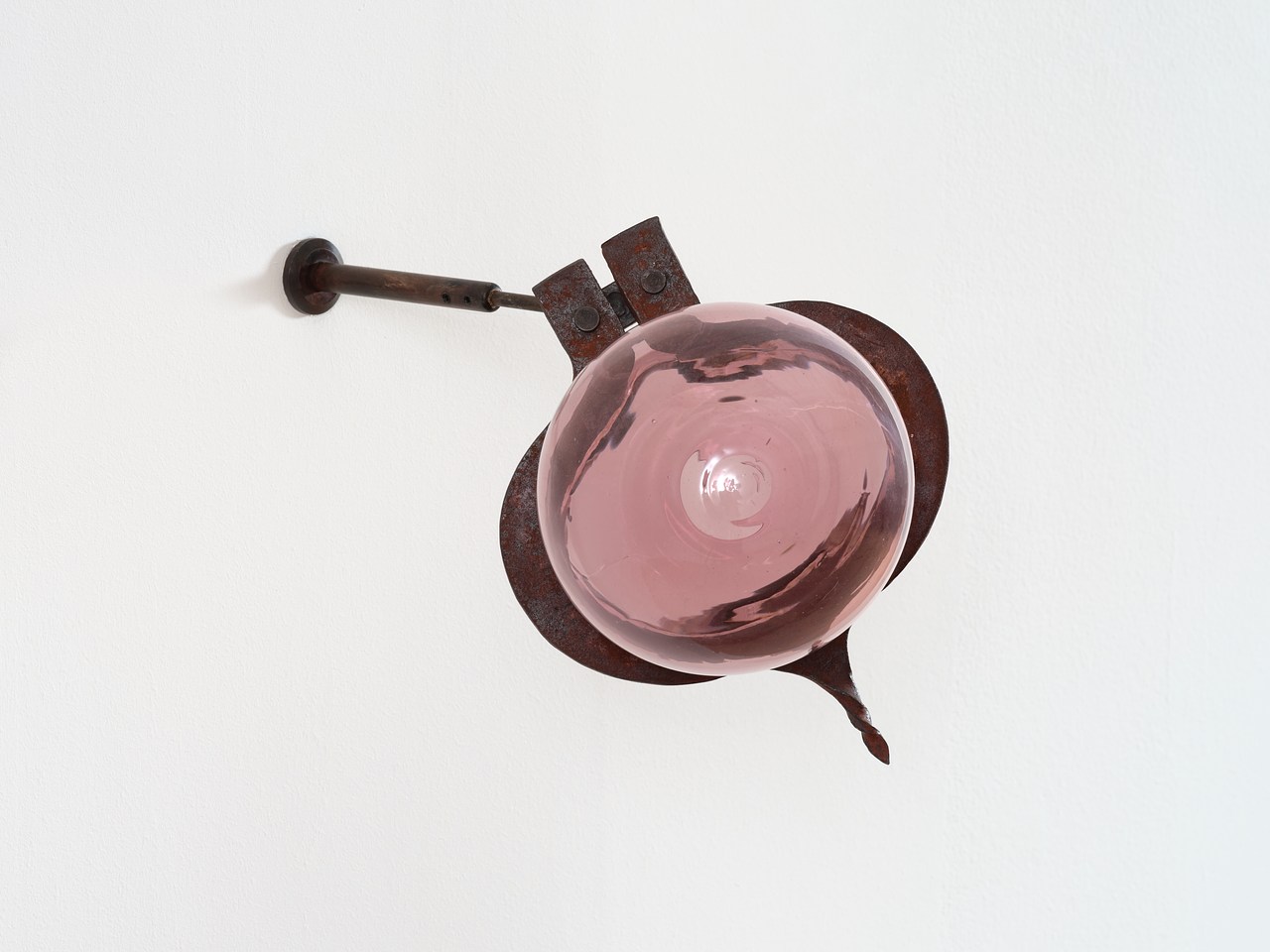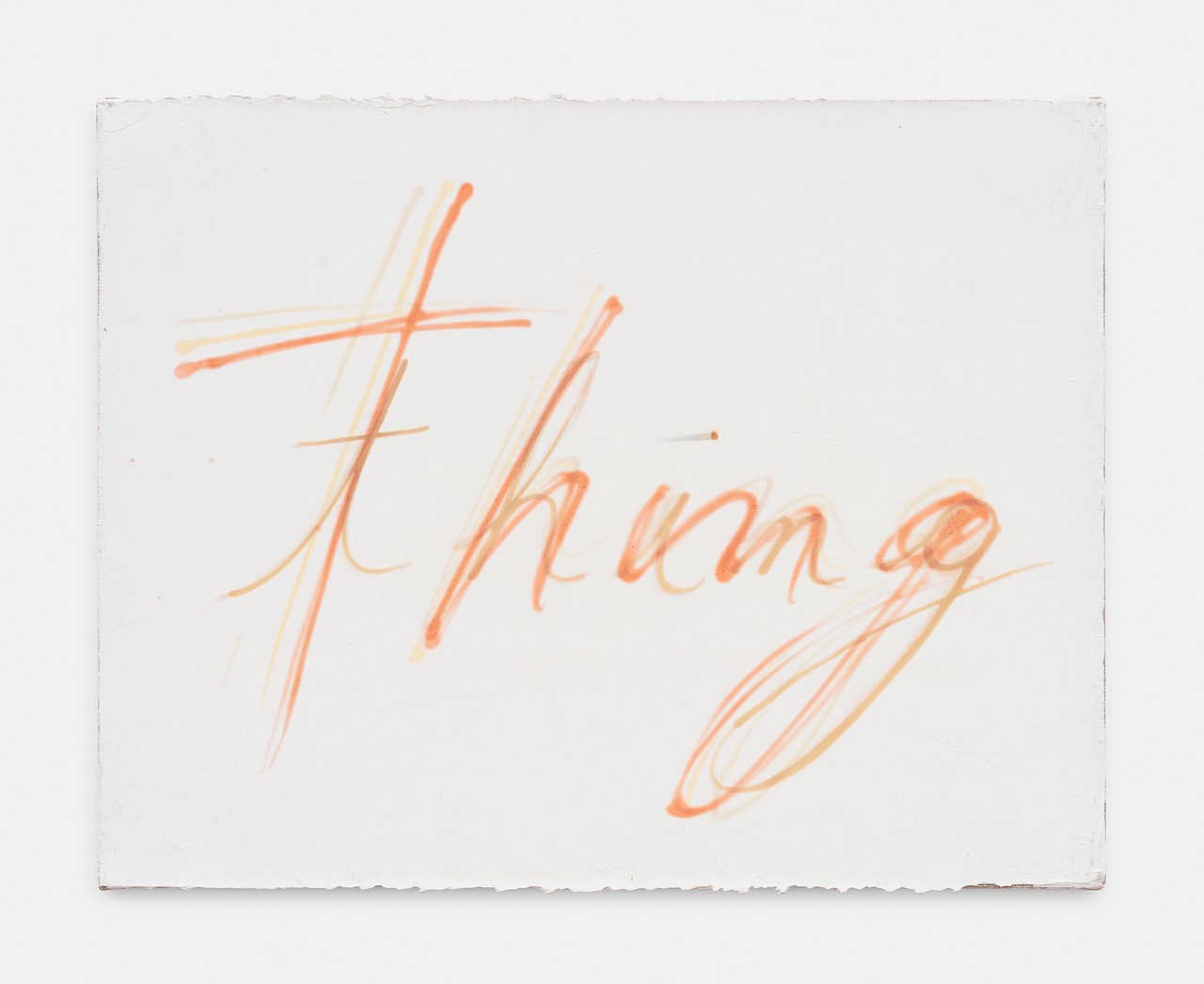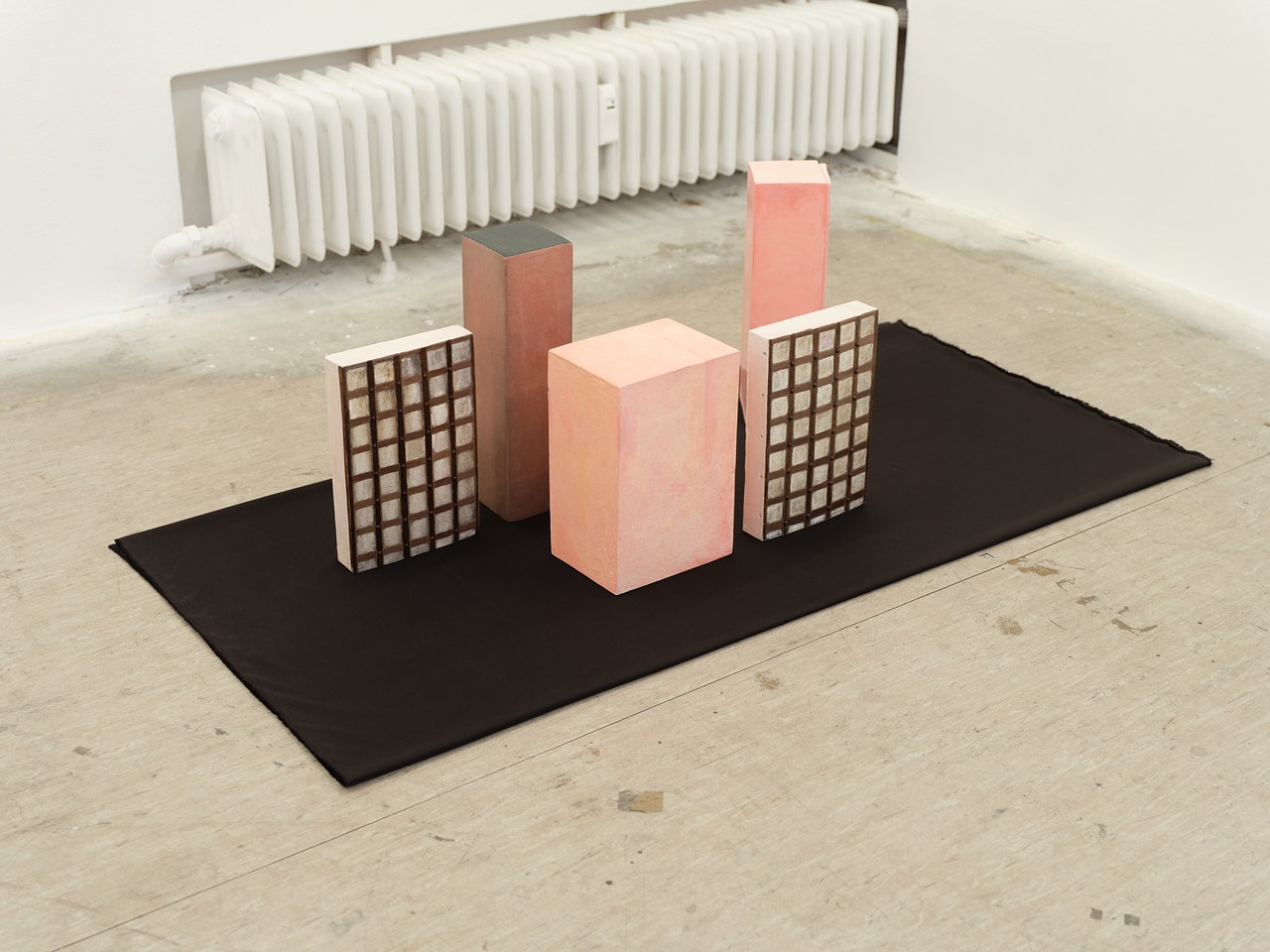From Claudia Keep’s portfolio, Interiors, in issue no. 246 of The Paris Review.
What secret desires and resentments are tucked inside the people we love? A little girl’s diary, with its tiny lock and key, testifies to the impulse to keep parts of ourselves hidden, but it’s impossible to look at a locked diary without imagining breaking it open.
What to do then, with the published diary? With its lock removed, its interior offered to the world not only as exposure but as form: a genre beholden to the insight that rises from immediacy rather than retrospection. Many writers’ diaries have been published, but far fewer have been published in their lifetimes—and none carry the singular acuity, wit, and electric grace of Helen Garner’s. An Australian national treasure known for her novels of domestic nuance and entanglement (Monkey Grip, The Children’s Bach) and journalism of grand sorrow and fierce controversy (The First Stone, This House of Grief), Garner has given us diaries that read like they are inventing a new language made from utterly familiar materials: fresh, raw, vibrating with life. “Like being given a painting you love gleaming with the still wet paint,” as the writer Helen Elliott put it. They are seductively loose and nimble, delivering shards of experience rather than an overdetermined narrative, pivoting from sharpened skewers of observation (“The writers’ festival. It’s like being barbecued”) to a clear-eyed claiming of pleasure (“tear meat off a chicken and stuff it into her mouth”), swerving from deep reckonings with romantic intimacy and dissolution to sudden, perfect aphorisms hidden like Easter eggs in the grass: “Sentimentality keeps looking over its shoulder to see how you’re taking it. Emotion doesn’t give a shit whether anyone’s looking or not.”
The writer Catherine Lacey once brilliantly described the difficulty of writing about experiences you’re still living as “trying to make a bed while you’re still in it,” but as I read Garner’s diaries, I kept thinking that perhaps not every bed needs to be made. Sometimes we want the unmade beds, with messy sheets and sprawled out bodies stretching and spooning, the fossils of curled hairs on the pillow, the faint salt of dried sweat.
Far from reading like B-roll footage, these diaries feel magnificent and sui generis, beholden to no rhythms or logic but their own, simultaneously seductive and staggering, a blend of pillow talk, bar gossip, and eavesdropping on therapy. They offer an intoxicating, astute account of the deep emotional movements of Garner’s life over two decades— two marriages and divorces, the flowering of her literary career, and her daughter’s coming-of-age—but they always live in the weeds, built of the grain and texture of her days. No small part of their brilliance stems from their faith that there is no meaningful separation between these realms of inquiry: that reckoning with human purpose and the anguished possibilities of human love always happens within, and not above, the realm of “trivial” daily experience. Which is to say: in their form as well as their content, they reveal where meaning dwells in our lives (everywhere), and how we might excavate it. “In my heart,” Garner has said, “I always liked my diary better than anything else I wrote.”







